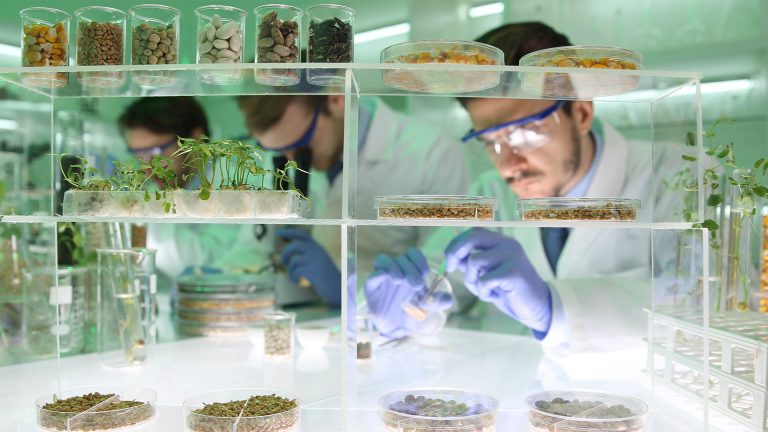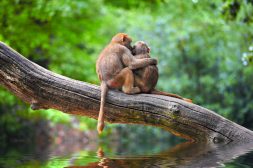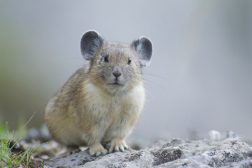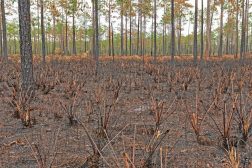Regulation of Biological Systems

Biological system regulation studies
Regulation of Biological Systems tutorials are focused on the modulation of biological systems from cell to population levels. The course starts with the principles of negative feedback control, and how it regulates blood sugar, water, and temperature in humans. It, then, culminates in the population regulation and ecosystem succession. Learn the various regulatory mechanisms that keep biological systems in check with these tutorials.
Objectives
- To recognize the common negative feedback mechanisms employed by the human body to ensure conditions are within homeostatic range at all times
- To impart knowledge on the population control systems occurring in the ecosystem in terms of density-dependent and density-independent factors
- To articulate ecosystem successions that occur at certain habitats at a given time
Key Points
- Homeostasis is crucial to the healthy functioning of any organism, including humans. It sees to it that conditions are within the tolerable limits. Otherwise, the body will fail to function properly.
- Homeostasis is achieved through feedback control mechanisms, e.g. blood sugar level regulation and temperature regulation.
- Failure to maintain homeostasis could lead to disorders and diseases. For instance, if the body fails to regulate high blood sugar level it could lead to diabetes in the long run.
- As for population regulation in the ecosystem, two major factors are at play: (1) density-dependent factors, e.g. shortage of food, and (2) density-independent factors, e.g. forest fire.
- If the balance of nature is left untouched landscapes can change dramatically over time.
- A previous ecosystem may be superseded by the arrival of a newer ecosystem. This is known as ecosystem succession.
Population Regulation in an Ecosystem
With regard to the population size of a species and what factors may affect them, two factors have been defined. They are the density-dependent factors and the density-independent factors. Find out the differences between the two in this tutorial. Know how these factors affect populations in an ecosystem…
Physiological Homeostasis
Homeostasis is essential to maintain conditions within the tolerable limits. Otherwise, the body will fail to function properly. The body does this through feedback control mechanisms, e.g. blood sugar level regulation and temperature regulation. Read this tutorial to know more about the principles of negative feedback control employed by the body to sustain homeostasis…
Homeostasis of Organism Water Regulation
Osmoregulation is the regulation of water concentrations in the bloodstream, effectively controlling the amount of water available for cells to absorb. Take a look at this tutorial to know how the body regulates blood sugar levels and temperature…
Sugar Homeostasis
The blood sugar level is regulated by two hormones. The mechanism behind this type of negative feedback control is described in this tutorial. Failure to regulate blood sugar levels could lead to physiological disorders and diseases, such as diabetes. Read this tutorial to learn more…
Temperature Regulation in Animals
This tutorial elucidates body temperature regulation. Know the details here to learn how the body sets the body temperature within the homeostatic range…
Indicator Species and Endangered Species
Certain species are capable of expressing characteristics indicative of the state of the ecosystem they occupy. They are called indicator species. Endangered species are those that face the risk of extinction. Get to know more about these species in this tutorial…
Ecosystem Succession
If the balance of nature is left untouched, landscapes can change dramatically over time. A previous ecosystem is superseded by the arrival of a newer ecosystem. This is known as ecosystem succession. Learn more about it here…






